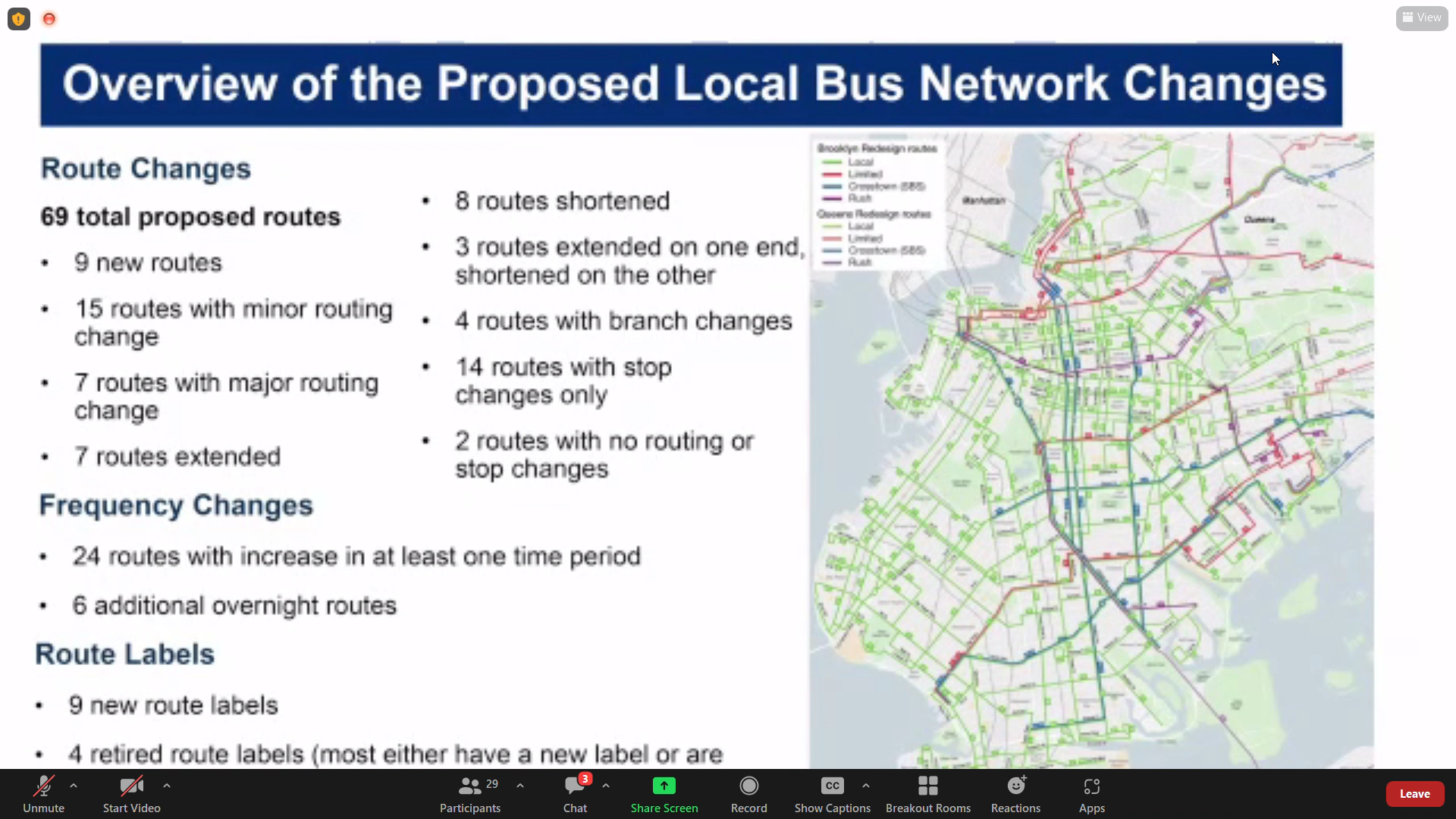

Furthermore, most approaches are traditionally uni-modal and only indirectly account for interactions between different modes. Additionally, they noted that such data could feed to new performance indicators that could serve as objective values for optimization methods. The authors found a lack of studies regarding the role of ITS data for the public transit design problem. The review of Iliopoulou and Kepaptsoglou (2019) discussed the potential of ITS data and data-based optimization models for public transport planning and operations. The authors show that a large body of literature deals with solving the transit network design with all different types of objective values.

(2019) are available and provide a comprehensive review of the state-of-the-art regarding the corresponding methods. (2015), Kepaptsoglou and Karlaftis (2009), Schöbel (2012), and Iliopoulou et al. A number of detailed reviews about these sub-problems conducted by Guihaire and Hao (2008), Ibarra-Rojas et al.
#Bus route file sumo driver#
Due to its complexity, it is divided into the sub-problems of (i) transit network design on the strategic level (ii) frequency setting and (iii) timetable development on the tactical level as well as (iv) vehicle scheduling and (v) driver scheduling on the operational level ( Desaulniers and Hickman, 2007 Ceder, 2016). The traditional framework known as the transit network planning problem includes processes related to strategical, tactical, and operational decisions. Focusing on capacities, both private and public transport are required to be considered for maximizing the utilization of transport infrastructure.įor this purpose, we explore the design of public transport systems considering overall bi-modal transport system dynamics including buses and private cars. Moreover, public transport continues to serve as the backbone of urban mobility providing a capacity substantially higher than any other travel mode (e.g., Steer Davies Gleave, 2018). For example, recent studies show that congestion might increase due to ride-pooling ( Tirachini, 2019).

However, the effects of these emerging mobility services are not only positive. With the introduction of new mobility services, such as ride-hailing and ride-pooling, more and more alternatives to the private car become available. Potential solutions to these problems might arise with the increasing diversification of travel modes available to citizens. The city growth results in rising traffic demand, which leads to increased air pollution, congestion, and delays which can impact urban productivity growth ( Sweet, 2014). Growing urbanization is leading to a drastic increase in traffic volumes in megacities all over the world. This supports transport planners and local authorities in composing efficient and robust transport networks. This paper further advances the integration of sequential model-based optimization techniques, macroscopic traffic flow concepts, and traffic simulation to design multi-modal transport systems. Thereby, we deliver a proof of concept, and show that the proposed methodology indeed designs a transport system which benefits the overall system's performance. We evaluate the proposed framework in a case study for the Sioux Falls network. In doing so, we consider the competition for limited road space and the operational characteristics, such as congestion occurrences, at the strategic design level. This paper integrates this concept into a multi-modal transport system design framework formulated as a simulation-based optimization problem. It allows for modeling the multi-modal traffic dynamics in urban networks and deriving innovative performance indicators. The three-dimensional passenger macroscopic fundamental diagram (pMFD) describes the relation of the network accumulation of public transport and private vehicles, and the passenger production. 3School of Computer Science and Engineering, Nanyang Technological University, Singapore, Singapore.2Department of Rapid Road Transport, TUMCREATE Ltd., Singapore, Singapore.1Department of Civil, Geo, and Environmental Engineering, Technical University of Munich, Munich, Germany.

Gabriel Tilg 1 *, Zain Ul Abedin 2, Sasan Amini 1 and Fritz Busch 1,2,3


 0 kommentar(er)
0 kommentar(er)
